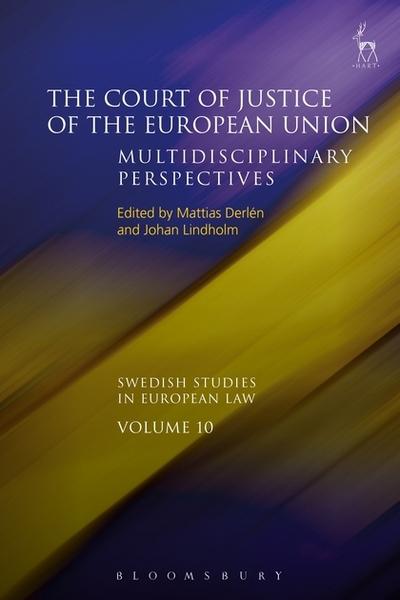Multilingual interpretation of European Union Law
- ISBN: 9789041128539
- Editorial: Kluwer Law International
- Fecha de la edición: 2009
- Lugar de la edición: The Hague. Países Bajos
- Colección: European monographs
- Encuadernación: Cartoné
- Medidas: 24 cm
- Nº Pág.: 446
- Idiomas: Inglés

According to many scholars, Community law simply cannot be understood without taking its multilingual character into account. The equal authenticity of all language versions of a Community provision, and the danger of diverging meanings between versions, imply a duty to consider the various versions when interpreting or applying laws. At the EU level, this duty can be said to be reasonably adhered to, considering the enormous strain on the Union's translating service (there are now twenty-three authentic and working languages used in the EU institutions). However - as this important book reminds us - the day-to- day interpretation and application of Community law actually takes place in the many and various courts and tribunals of the Member States. For the first time in European law scholarship, Mattias Derlen provides an in-depth analysis of the actual use of multilingual interpretation of Community law in national courts. He has sifted from the (mostly recent) history of high courts (and some lower courts) in Germany, England, and Denmark some 186 judgements in which the courts diverged from reading the national language version in isolation by admitting one or more other language versions of a Community provision. In each instance he closely investigates: * why and under what circumstances this initiative was taken; * which and how many foreign language versions were used; * in what way the national court gained knowledge of the meaning of the foreign language versions; and * how the court acted when the meanings of the examined language versions deviated from each other. Denmark, England and Germany were chosen because they represent three of the classical Western legal families - the Scandinavian (Nordic) law, the common law and the civil law traditions. In this connection, the author clearly demonstrates that the shortcomings of national courts that emerge from the study result not only from practical constraints, but also from features of legal culture and b







